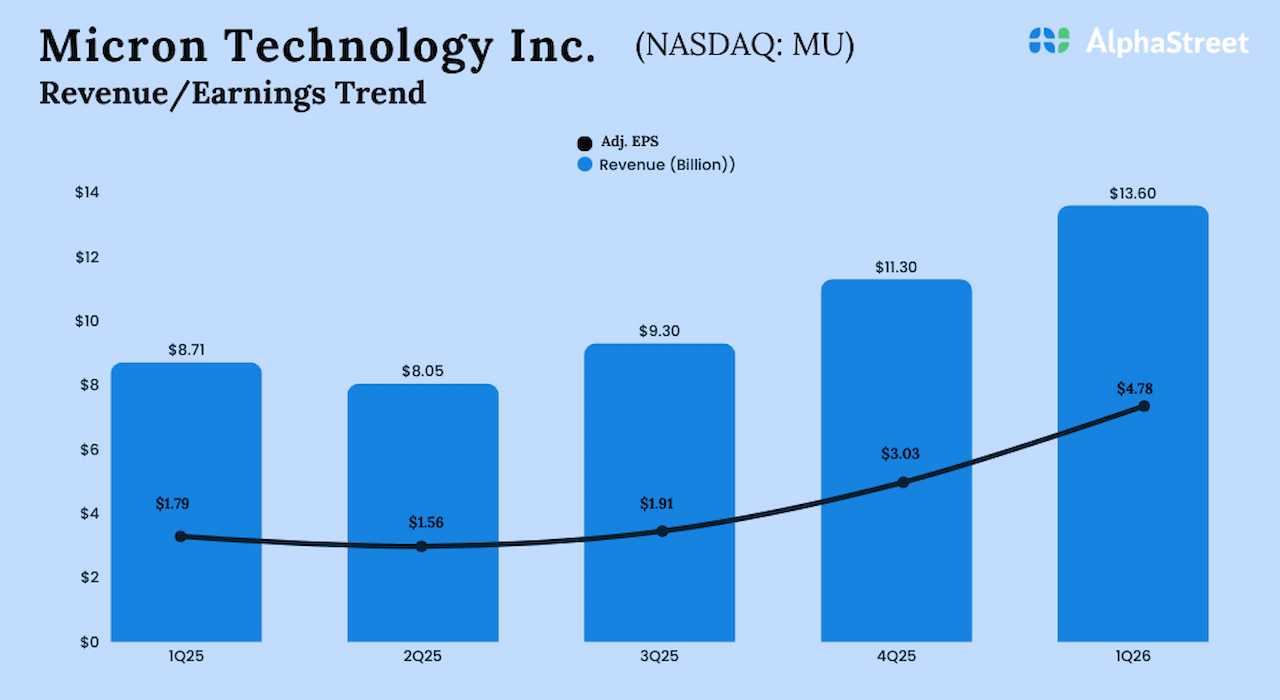It may sound too good to be true, but a retired couple could generate six-figures in income and pay no federal income taxes.
If you think this is only because of President Donald Trump’s new bill, think again — even under earlier tax rules, a couple could structure their retirement income to owe $0 in federal taxes.
The key lies in smart financial planning and a solid mix of income sources. Understanding how different types of income are taxed is essential to making this strategy work.
Social Security benefits aren’t taxed like ordinary income, and their taxability is determined using a “provisional income” calculation by the IRS.
For married couples filing jointly:
Benefits aren’t taxed if provisional income is less than $32,000.
Between $32,000 and $44,000, up to 50% is taxable.
Above $44,000, up to 85% can be taxed.
If Social Security is your only source of income, you likely wouldn’t owe taxes. Even with other income sources, you may avoid a tax liability depending on the type of income and how it affects your provisional income.
Income from long-term investments is taxed differently than regular employment income.
For example, if you hold shares of a domestic company for more than a year, qualified dividends are taxed at the same preferential tax rates as long-term capital gains, even though they aren’t technically considered capital gains.
For the 2025 tax year, single filers with up to $48,350 in taxable income and married couples filing jointly with up to $96,700 may pay 0% federal tax on their long-term capital gains and qualified dividends, according to the IRS.
Given that these thresholds are relatively high — and standard deductions reduce taxable income — a married couple could earn a substantial amount from long-term investments and still owe no capital gains taxes.
Stay in the know. Join 200,000+ readers and get the best of Moneywise sent straight to your inbox every week for free. Subscribe now.
To understand how a retired couple with a smart mix of income sources can pay no taxes on $100,000 in annual earnings, let’s take the example of John and Jane.
Story Continues























